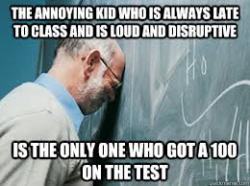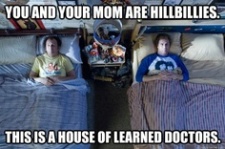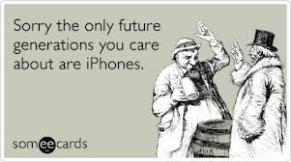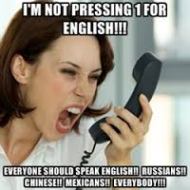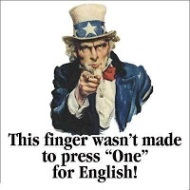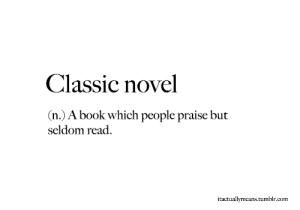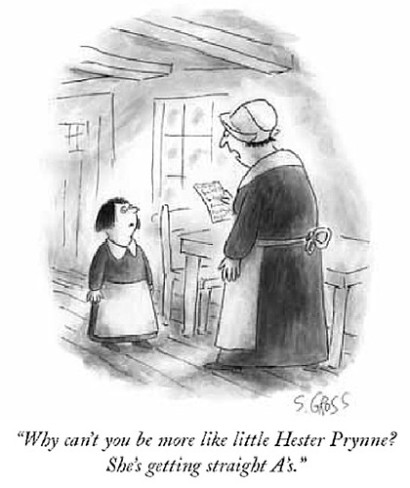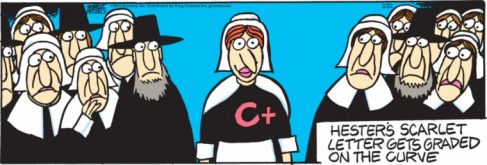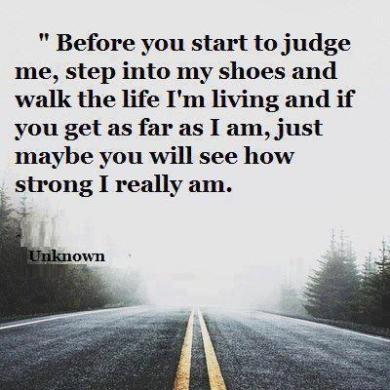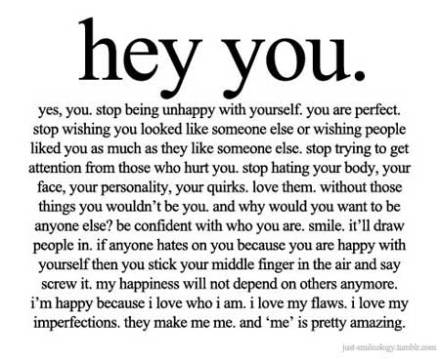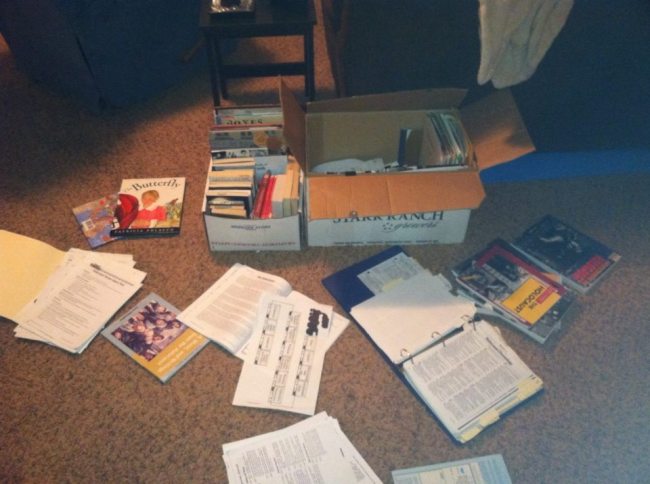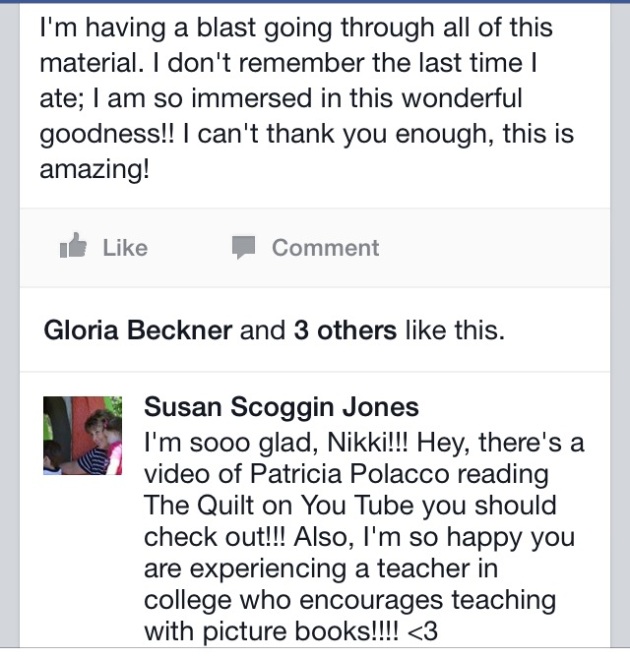The word “bully” is the biggest buzz word in almost any public school across America. How to stop bullies, how to prevent bullies, how to respond to bullies, etc.
I might sound a bit brash by saying this, but I am not one of those “we must stop bullying!” people. I don’t by any means promote bullying, but quite frankly, it turns out, some people just suck. There are always going to be bullies; in 1st grade, 5th grade, 11th grade, college, when you’re 40, whenever and wherever. I can easily assume that every person has been bullied or been a bully at least one time in their life. I know I have been both. We need to experience certain things in order to learn from them and move on with our lives. I was bullied once; my reaction to it was to bully another person. After I saw how my verbal abuse affected my classmate, I stopped. I lived. I learned. I experienced being bullied and being a bully. I’m not in juvi. It’s all OK.

The reason I am choosing to write about bullying today is because the middle school in my hometown recently had what they call “Challenge Day.” It’s basically a day that challenges students to be the change; apologize to your enemies, make amends, tell your best friend you secretly hate her, etc. It’s a day full of soggy eyes and wet shoulders. I love it. I’m an emotional person; I wear my heart on my sleeve. I think it’s great for students to let out their emotions; I always feel better after a good cry!
“Challenge Day” also goes hand in hand with bullying because it is such an “anti-bullying” program. They remind you of the golden rule and how bullies are bullying because they want acceptance. Well, as much as I love/d “Challenge Day”, I think this information can easily be taught in the classroom in a not so direct manner that forces kids to cry and tell their deepest darkest secrets.
Donna Miller wrote an article called “Tough Talk as an Antidote to Bullying” that was published in the NCTE English journal volume 101, No. 6, July 2012. She writes about how there is young adult literature that discusses the topic of bullying. She encourages teachers to use bold texts as mentor texts; “these are the best books because they deal in the gray areas of life . . . these books are often targeted as controversial” (31). There are so many young adult books that tackle the tougher parts of an adolescent’s life. I made the point earlier that I think using Y.A. lit books as mentors texts is similar to “Challenge Day” except that using books is a more indirect way of communicating these bigger issues. “Using a text as a tool for tough talk also affords conversants some distance from the topic, which can be filtered through a character’s reaction or opinion” (31).
Two of my all-time favorite books are “Speak” by Laurie Halse Anderson and “Will Grayson, Will Grayson” by John Green and David Levithan. “Speak” is a story about a girl that is raped, and “Will Grayson, Will Grayson” is a story about homosexuality. I think Donna Miller hits the nail on the head when she says “while many teachers might prefer to pass on the storm of controversy, what do we sacrifice when we don’t invite critical thinking about controversial social subjects into the classroom—topics such as abuse, bullying, and LGBTQ perspectives?” (32). These two books are clearly about controversial social subjects. By reading them in the classroom, we are not directly prompting students or forcing them to talk about their feelings and relationships. Instead, we are providing a topic that is filtered through a different (and fictional) person’s experience.
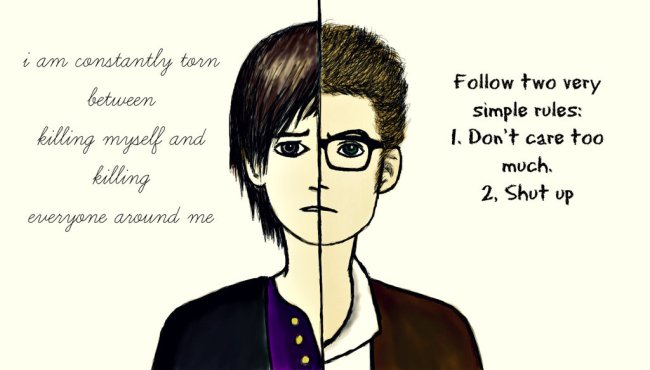
I think it is important to bring light to tough talks and sticky situations. Through texts, we can effectively teach our students the importance of acceptance and the reality that each individual is different yet created equal. This route is more effective than standing in front of a group of adolescents exclaiming that they shouldn’t bully. As Laura said during our heart to heart talk during work, “that is totally ineffective!” Word, Laura. Word.

